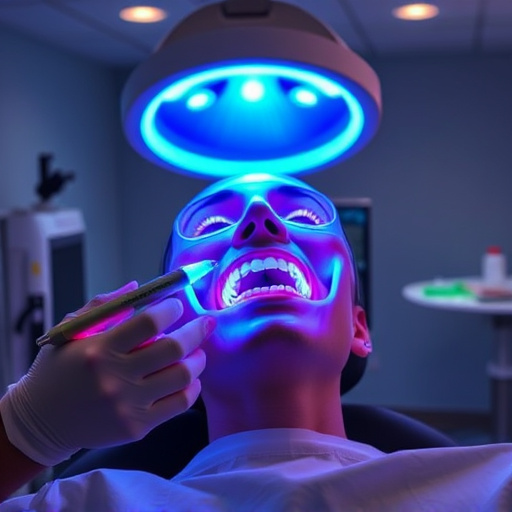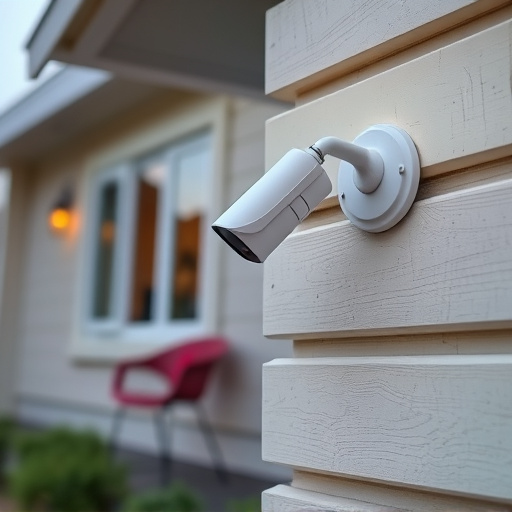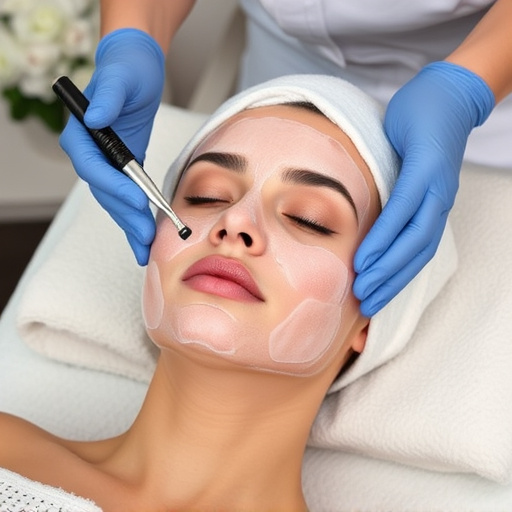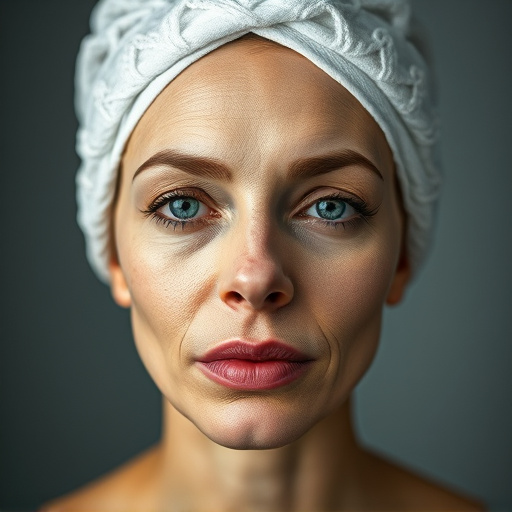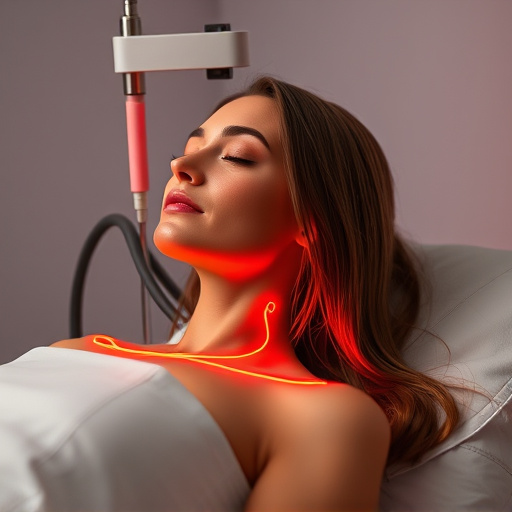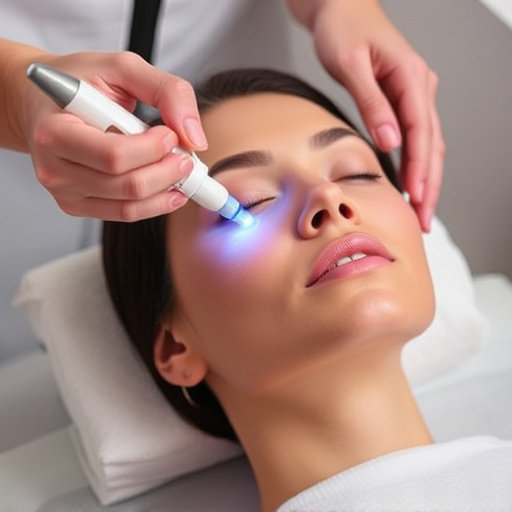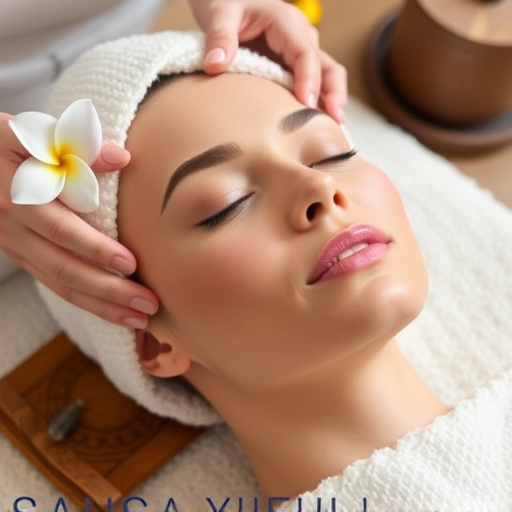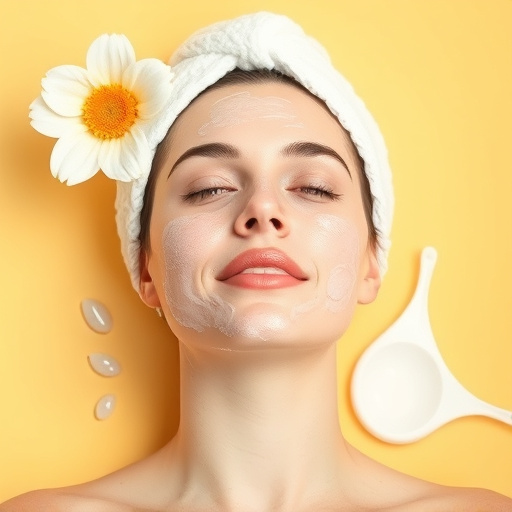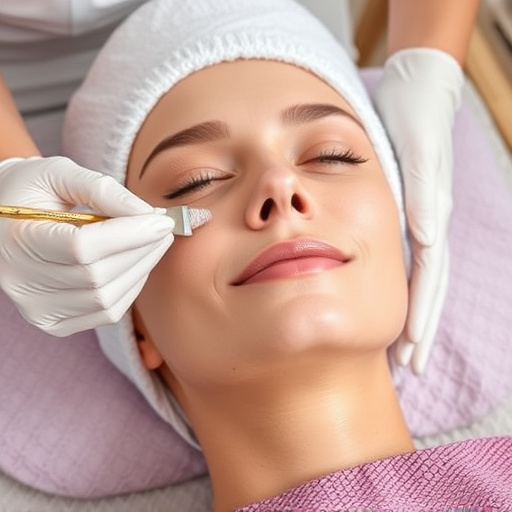Skin redness caused by various factors like irritants, conditions, inflammation, or sun damage can impact self-esteem. Dermatologist-recommended treatments target specific triggers, soothe inflammation, fortify skin barriers and even complexions via topical meds, laser therapies, body contouring, and rejuvenation procedures. Topical treatments with hydroquinone, retinoids, or azelaic acid, chemical peels, microdermabrasion, laser therapy, and stress management are effective. Personalized skincare routines and non-surgical medical spa treatments offer long-lasting solutions for severe cases.
Looking to reduce facial redness? Understanding its causes, whether from rosacea, allergies, or sun exposure, is key. Dermatologists offer effective treatments beyond over-the-counter solutions. From calming topicals like azelaic acid and niacinamide to lifestyle adjustments such as stress management and protective skincare routines, these strategies provide lasting relief. Discover dermatologist-recommended approaches for achieving a cooler, more even complexion.
- Understanding Skin Redness: Causes and Effects
- Dermatologist-Approved Topical Treatments
- Lifestyle Changes for Long-Lasting Results
Understanding Skin Redness: Causes and Effects
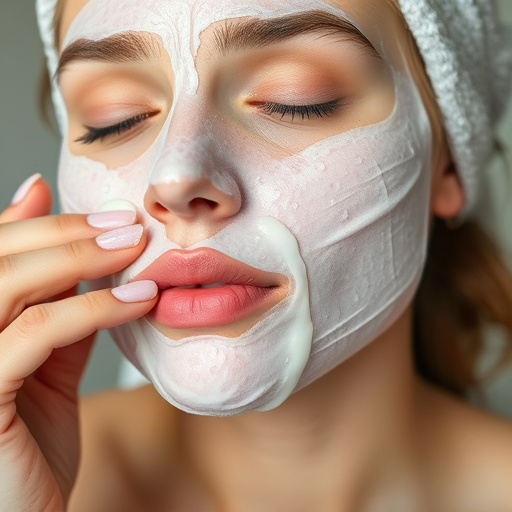
Skin redness can be a symptom of various underlying conditions, ranging from environmental irritants to more serious medical issues. It often manifests as a visible dilation of blood vessels, leading to a warm or fiery appearance on the surface of the skin. This condition can have significant effects on an individual’s self-esteem and overall well-being, especially when persistent or severe.
Common causes include exposure to allergens, irritants, or extreme temperatures; skin conditions like rosacea or eczema; inflammation; and even sun damage. In some cases, redness may be a sign of an underlying health issue, such as cardiovascular problems or autoimmune disorders. Understanding these causes is crucial because dermatologist-recommended treatments target specific triggers, offering effective solutions for reducing and managing skin redness. These treatments, including topical medications, laser therapies, and aesthetic procedures like body contouring and skin rejuvenation, are designed to soothe inflammation, protect the skin barrier, and restore a more even complexion.
Dermatologist-Approved Topical Treatments
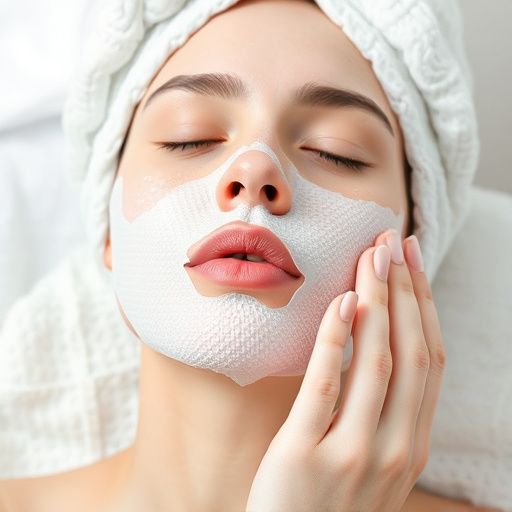
Dermatologist-approved topical treatments play a pivotal role in reducing skin redness and achieving a more even complexion. These prescribed creams and serums often contain active ingredients like hydroquinone, retinoids, or azelaic acid, which are known for their effective calming and anti-inflammatory properties. Such products are meticulously formulated to suit various skin types and conditions, making them safe and suitable for regular use.
Many dermatologists recommend incorporating aesthetic treatments, such as chemical peels and microdermabrasion, into one’s skincare routine. These medical spa services offer deeper exfoliation, helping to remove dead skin cells and unclog pores, which can contribute to redness. Skin rejuvenation procedures, including laser therapy and lightening creams, are also popular choices for addressing persistent redness and improving overall skin texture.
Lifestyle Changes for Long-Lasting Results
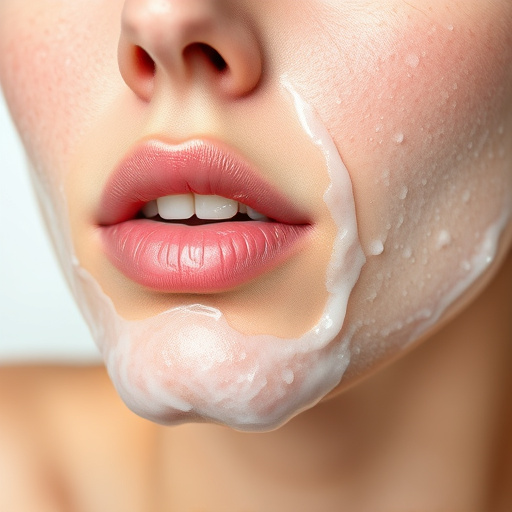
Adopting a healthier lifestyle is often an integral part of any dermatologist recommended treatment plan for reducing redness. Simple yet effective changes can significantly impact skin health over time. This includes maintaining proper hydration by drinking ample water, as even mild dehydration can contribute to a flushed appearance. Additionally, managing stress levels through activities like meditation or exercise can help regulate blood flow, thereby reducing facial redness.
Personalized skincare routines are another key factor. Using gentle, dermatologist approved products suited to your skin type, and avoiding irritants or allergens known to trigger redness, can create a protective barrier and minimize reactions. For those seeking more comprehensive solutions, medical spa services offering non-surgical treatments like laser therapy or microdermabrasion can address underlying conditions causing persistent redness, leading to long-lasting results.
Reducing skin redness doesn’t have to be a challenge. By understanding its causes, relying on dermatologist-recommended topical treatments, and adopting beneficial lifestyle changes, you can achieve lasting results. These strategies work synergistically to soothe irritations, calm inflammations, and promote overall skin health for a more even and radiant complexion.

